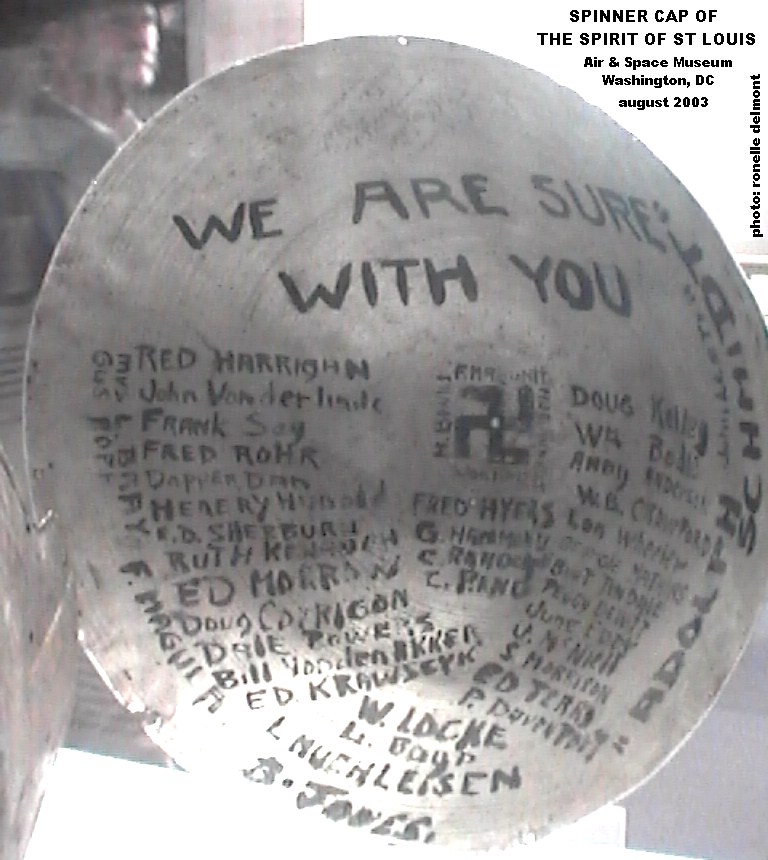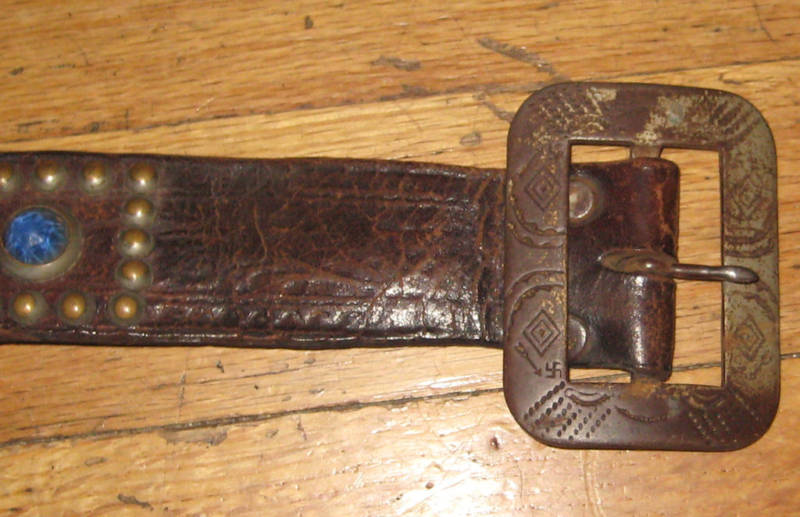Naphtali
Practically Family
- Messages
- 760
- Location
- Seeley Lake, Montana
I have been informed there are Swastikas and there are Swastikas - that is, the direction, clockwise or counterclockwise, identify completely different twisted crosses. One is the unpleasant version, one is not.
If there is truth to this, please identify which is which. Also briefly describe the not unpleasant one's purpose.
If there is truth to this, please identify which is which. Also briefly describe the not unpleasant one's purpose.







